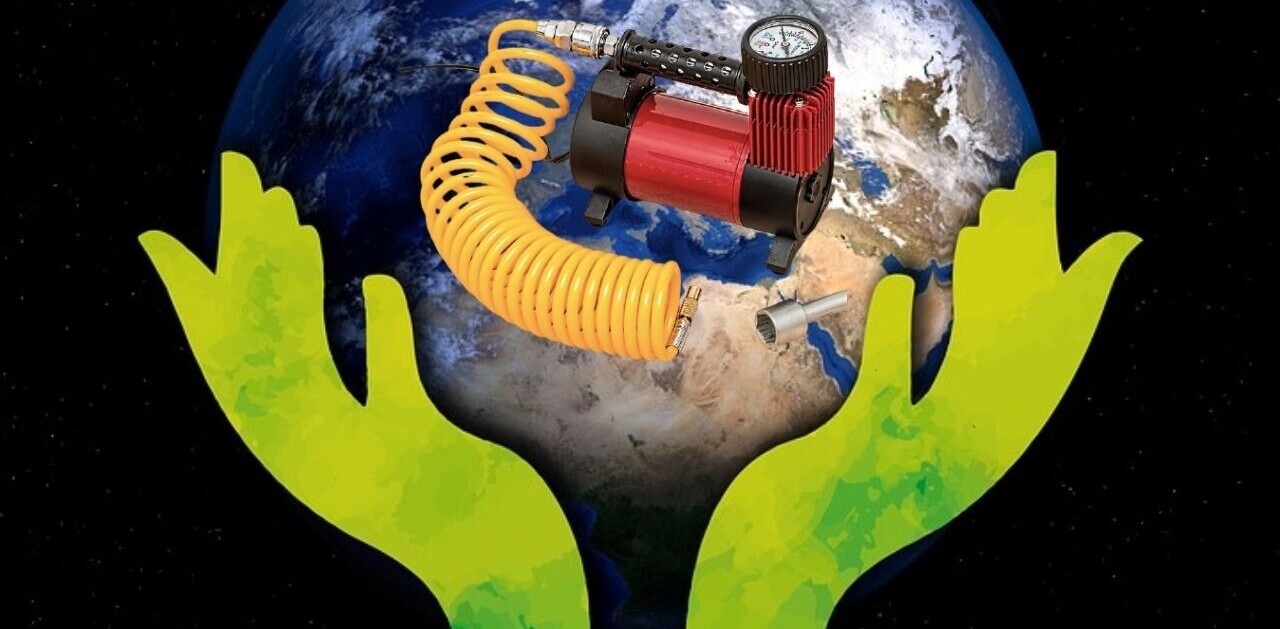
Imagine having a couple extra hours of free time a day. Wouldn’t it be nice.
Work-life balance would shift favorably, you’d be more relaxed and you’d probably love your job more.
But wait, you might say, if I work less I’d get less done and my boss will really not be happy and my performance will fall and I’ll get fired and…. Wrong.
The myth of the 8-hour workday.
Here is the core misconception that makes so many of us unhappy. Working eight to 12 hours a day will not give you better results, it’ll just wear you down and make you spend your time waiting for the weekend or holidays so you could sleep.
Still, according to official statistics from the Bureau of Labor Statistics, the average American works 8.8 hours every day.
Eight hours labor, eight hours recreation, eight hours rest.
A little while later Ford implemented it in their factories, increased their revenue and productivity and it became an industry standard. A standard that is now a century old.
Surely, we can say that a lot has changed over the last 100 years. We’ve thrown out a ton of standards in that time, surely, we can throw out one more.
Less really is more.
Studies show that working less and staying more concentrated yields much higher results and allows you to stay productive for longer periods of time.
To work less, there’s actually just one thing you need to achieve. You must eliminate fake work from your daily routine.
Fake work is a loose term for everything that we call work but is actually pretty useless.
Remember those strategy meetings where you just sat and listened? That was fake work and you could have achieved just as much by spending that time catching Pokemon.
Our everyday fakeness.
We’re all doing fake work to some degree. These are those small and easy tasks that give as some sense of accomplishment, give us the feeling that we’re working but actually doesn’t move as towards our long term goals.
So to identify fake work and get it out of our lives we first need to have clear goals.
Having clear and specific goals for employees and companies sounds like a very normal thing to have. Every job and position has goals… in theory.
The reality is that a lot of companies only have general goals like “increase revenue”. But how will the company achieve it? What is the time-frame? Honestly, who cares?
And so, everyone does something that may or may not help to get closer to the goals. And you’ll have so much fake work, you’ll be sick.
Focus on the impactful.
SMART is an acronym for:
- Specific.
- Measurable.
- Achievable.
- Relevant.
- Time-bound.
Specific and measurable goals are easier to understand and allow employees to focus on tasks that really bring forth the desired results.
A example of a SMART goal could be to increase revenue by 20 percent next quarter by increasing iOS app sales.
The morale here is: Plan more, work smart, get better results.
This point is further enforced by the Pareto Principle. It says that “80 percent of the effects come from 20 percent of our work.”
So to work less, we need to determine what that 20 percent is that we actually have to do? SMART goals will allow you to do just that.
Lifehacks for productivity.
When you’ve eliminated everything you don’t need to do, you can focus on ways to increase your efficiency while doing the important tasks.
The internet is full of lifehacks that give you tips to help you work better. I’ll just mention a few of them that I use the most (you can Google the rest).
The first 90 minutes’ rule. Start your day by spending the first 90 minutes on the most important task.
Have no distractions. You’re fresh and focused in the morning, even if you don’t feel it. So if you can resist the urge to have a coffee break at 9:30, you’ll have something important done by 10:30.
That’ll give you a positive feeling for the remaining day. Also, that’s pretty much how this article was written.
A focused work rule is also important. So spend the rest of your day by working intensely for 55 to 60 minutes and then take a 10 minute break during which you don’t deal with work at all.
Listen to some music, have a walk, enjoy some water-cooler talk, and in 10 minutes you’ll be ready to dive in again.
Finally, track your daily progress and plan each week in advance.
I’m using PPP (Plans, Progress, Problems) methodology. Spend 10 minutes at the end of the week to set five to six big tasks for the next week (things you’ll do with your first 90 minutes). When things get done, move them to Progress.
The idea here is to always know what you’ll be doing the next day. Even dreadful Monday mornings are easier, when you arrive to work with clear goal in mind and without needing to spend the first three hours figuring out, what’s going on.
You can use a status reporting tool like Weekdone to keep track of your goals and report them to your superiors. It’ll also help you set and link your SMART goals so you can make sure none of your tasks are fake work.
At the end of the day, you have to remember what’s important: Results. As many leaders still don’t understand it, spread the word. Chance your mindset. And following the tips written here, you should be able to make sure the end of the day is at least a few hours earlier.
Get the TNW newsletter
Get the most important tech news in your inbox each week.




